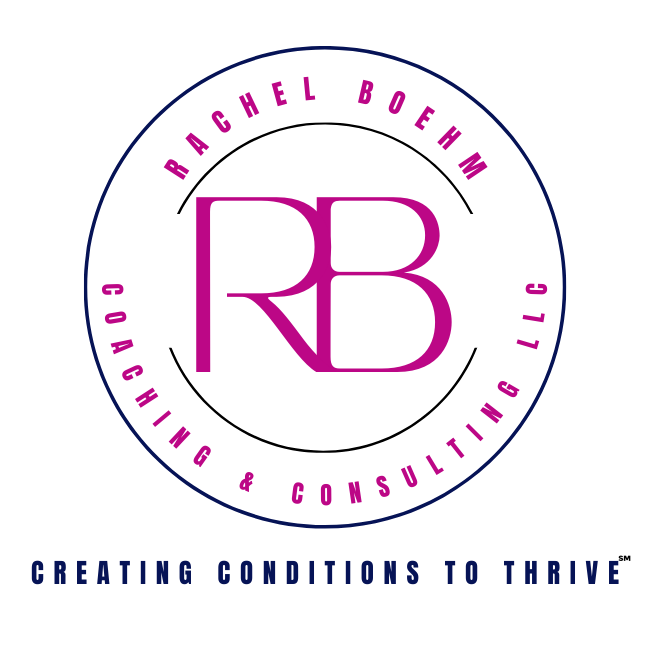Ditch the “Wellness Washing”: Build a Comprehensive Program That Banishes Burnout & Boosts Your Bottom Line
Burnout is a constant, looming fear if not threat for most businesses today.
Tack on healthcare costs, and the competitive business landscape, many companies embrace the concept of "wellness" as a way to appeal to employees and potentially reduce healthcare costs– offering perks like gym memberships or meditation apps. Most large employers and some small and medium-sized businesses offer health screenings (KFF, 2023). Other popular tactics are EAP programs, smoking cessation, and lunch & learns.
Buuuuut….
But, those don’t move the needle on burnout, or more important business outcomes. They can amount to “wellness washing” (aka “well-being washing”), the new buzzword for an old problem. This is when employers offer tactics and call it a program. It’s not comprehensive, it doesn’t address the culture or environment of the organization, it’s not tied to the business strategy, and it lacks substance.
An example is a company with an always-on culture that is constantly having employees “do more with less” that offers little autonomy to workers but reminds employees to eat healthy, do yoga, and try meditation to manage stress.
Posted on social media and sent to me by a fellow workplace wellness specialist.
This Isn’t the 80s.
You’ve already heard it but it bears repeating. Coming out of peak COVID-19, employees need more. They always did, but the need is greater and the tolerance for less is well, less.
Today, it is crucial to go beyond superficial gestures and invest in a comprehensive wellness program that addresses the organization’s culture, the workplace environment, workload and resources, and yes the physical, mental health, and even financial health of employees. It must speak to the various cultures within the organization (age, race, ethnicity, gender, homelife) and be equitable across locations and job types.
In the 1980s, the focus was physical health and companies could stop there. Now, they can’t. Not if they want to become an employer of choice and truly reap the benefits of the wellness programming they are paying for.
There’s a Difference Between Programming & Programs.
As an organizational wellness consultant, I've seen firsthand how strategic and impactful wellness initiatives can be a game-changer. It's about building a culture of well-being, not just offering trendy benefits.
Comprehensive programs are a strategic investment with a powerful ROI for employees and companies. By addressing three levels (organization, work, and individual) you combat the three categories of factors that contribute to burnout.
Combat burnout and the benefits abound:
Improved performance
Improved creativity and innovation
Strengthened teamwork and collaboration
Improved retention, reducing turnover costs
Decrease healthcare-related costs, including unplanned absences.
Improve customer service/client satisfaction
Decrease the risks for mental health challenges (ex: chronic stress, depression, anxiety)
Decrease the risks for physical health challenges (ex: heart disease, high blood pressure, type 2 diabetes, muscle aches, stomach aches, headaches, nausea, and even back pain)
Decrease the risk of substance abuse
Improve teamwork, communication, and collaboration
Improve performance, focus, problem-solving, and engagement
To design a comprehensive program, one that goes beyond telling employees more things they should do to “be healthy,” “be happy,” and “stress less”, you have to start with the business strategy, values, and mission. You have to know why you are investing in wellness and know what you want to get out of it.
You need to ask your employees what they need, want, and expect and then be honest with them about where you can start based on company resources. Wherever you start, try to address at least one thing from the organization and one thing from the workload/type buckets. Otherwise, it will likely come across as disingenuous and more like a PR stunt than a meaningful effort. It could, in short, make the problem worse.
Design the program and then determine what programming or tactics you will use to fulfill the program’s goals and commitments.
TLDR:
Investing in a comprehensive wellness program is not a nice-to-have. It’s more than a few workshops, benefits, and step challenges across a calendar year. It’s a strategic decision that can significantly improve business outcomes.
By going beyond "wellness washing" and creating a culture of well-being, you'll cultivate a healthier, more satisfied, more loyal, more productive workforce, and more pleasant work environment, all of which will ultimately propel your company towards improved success.
Curious how a comprehensive wellness program might look and benefit your company? Contact me today for a commitment-free exploratory conversation.
Remember, true well-being fuels a thriving workforce and a thriving business.



